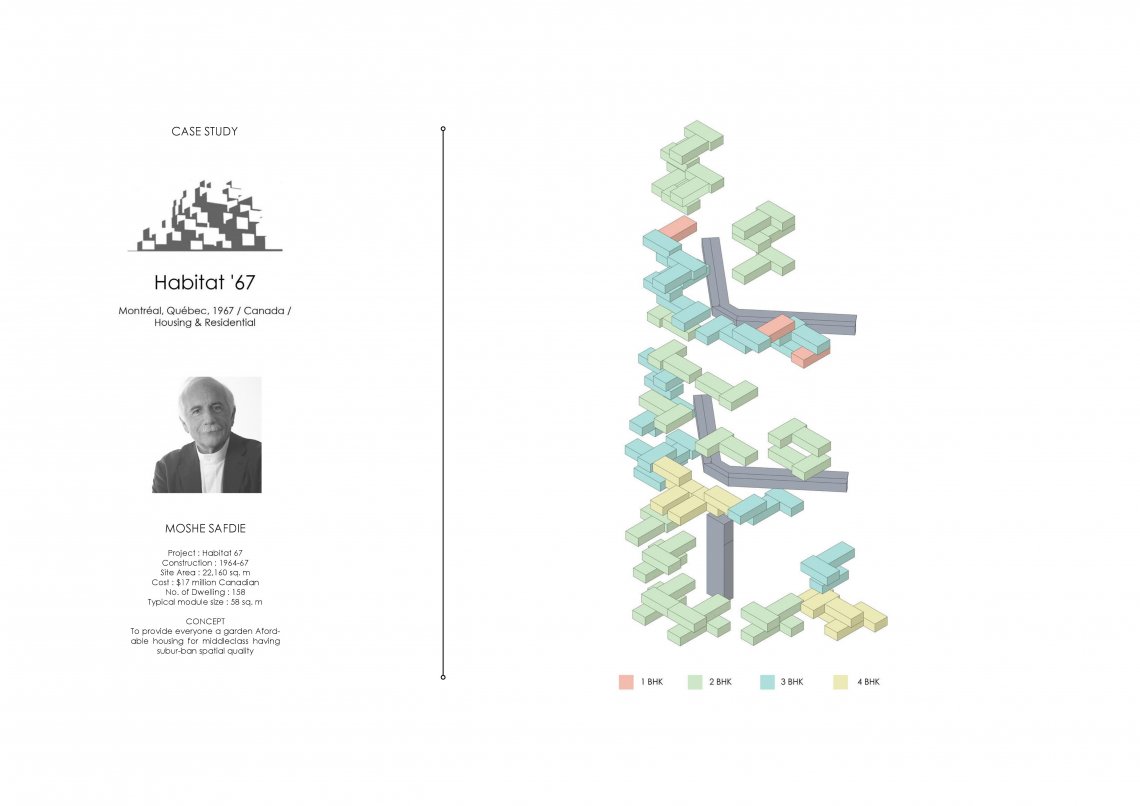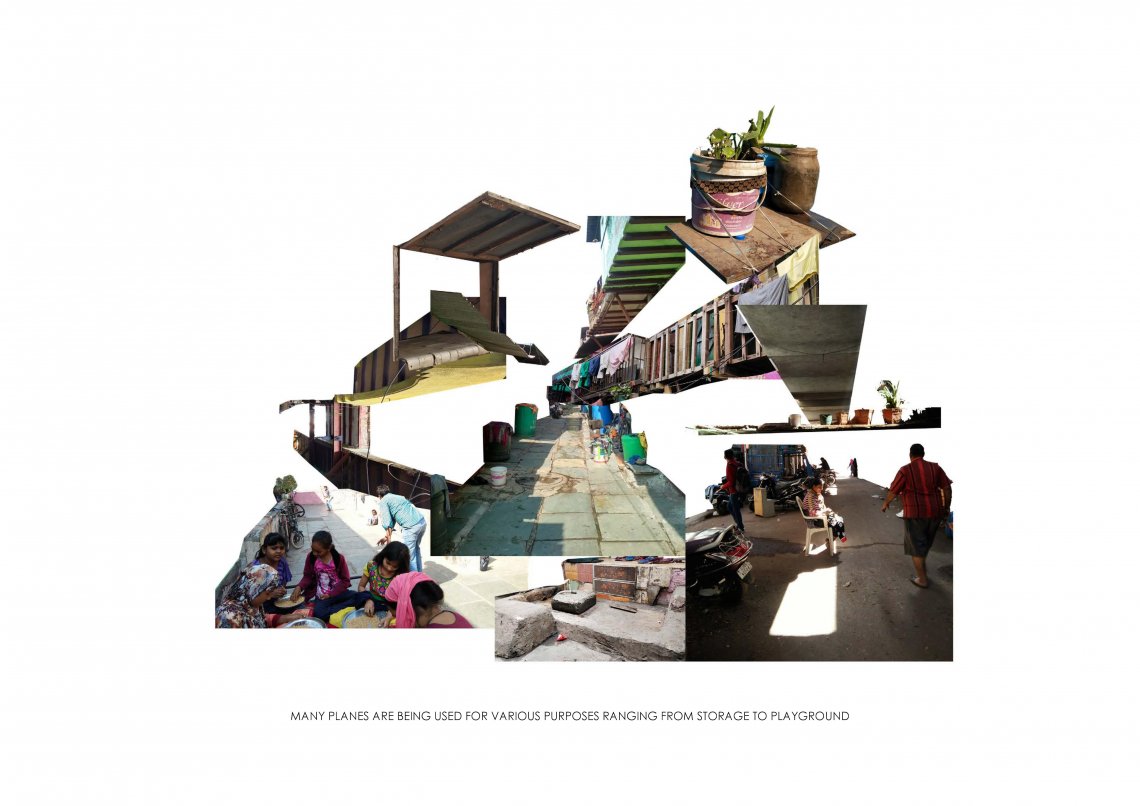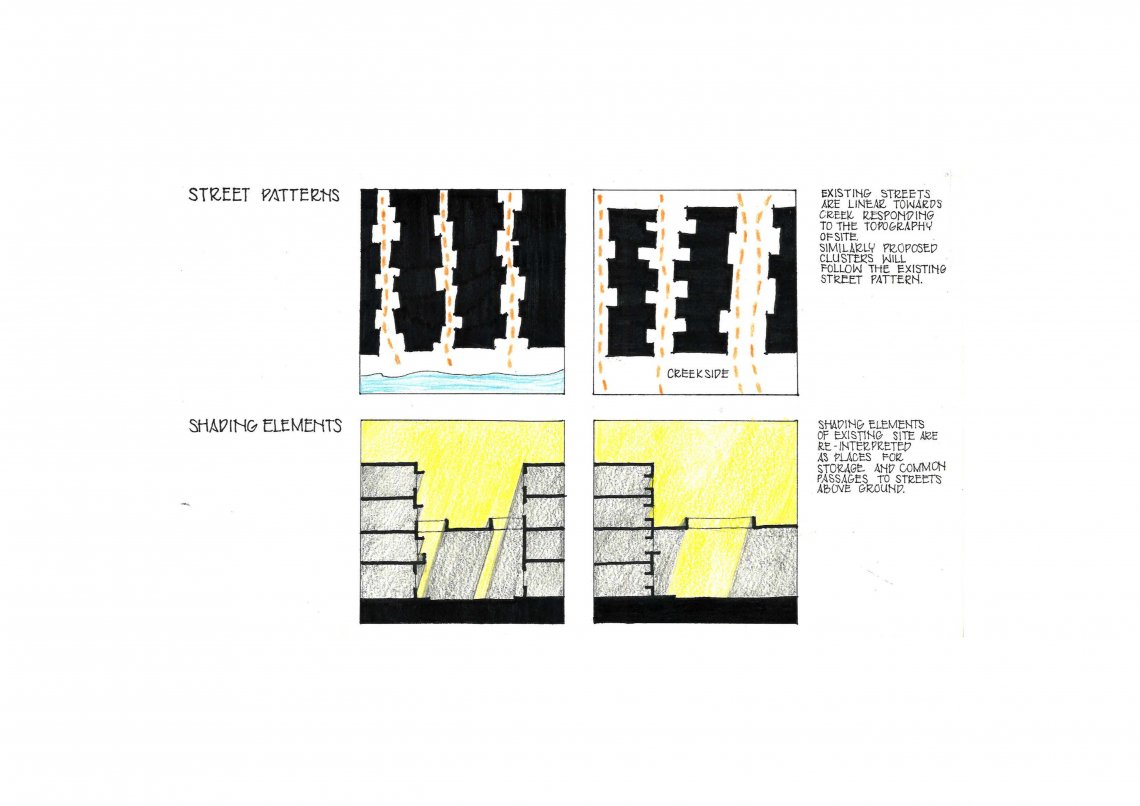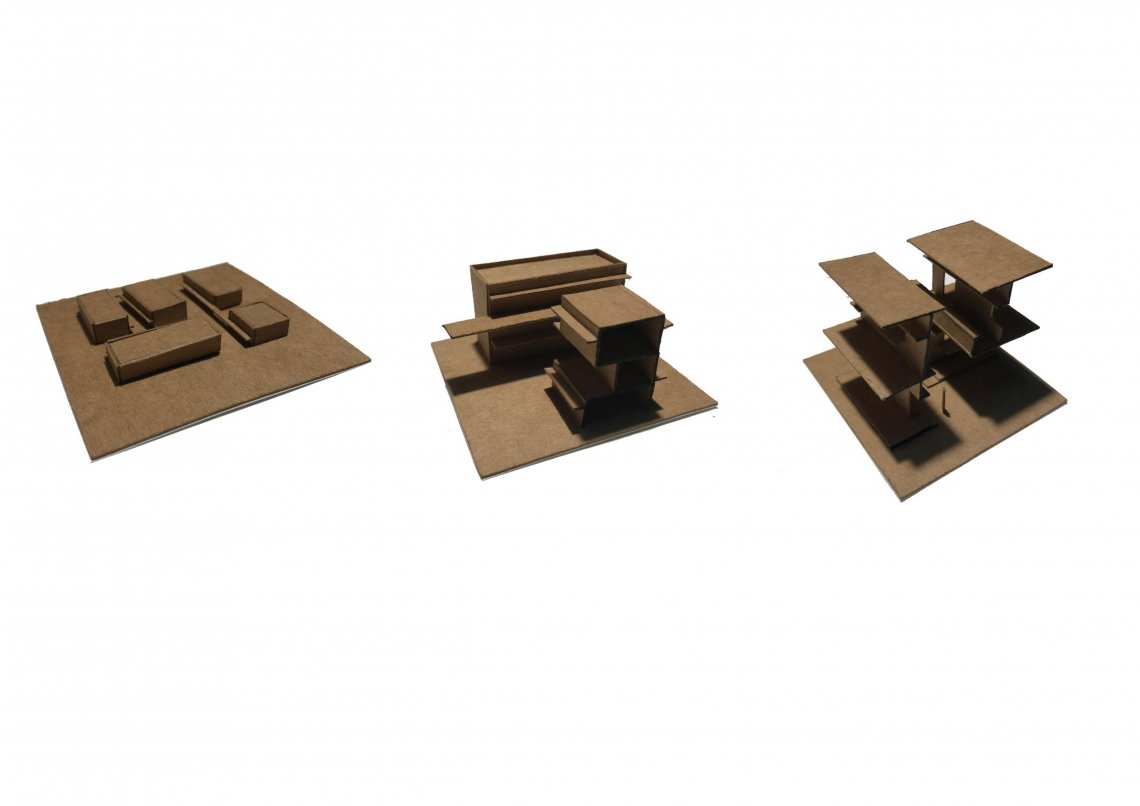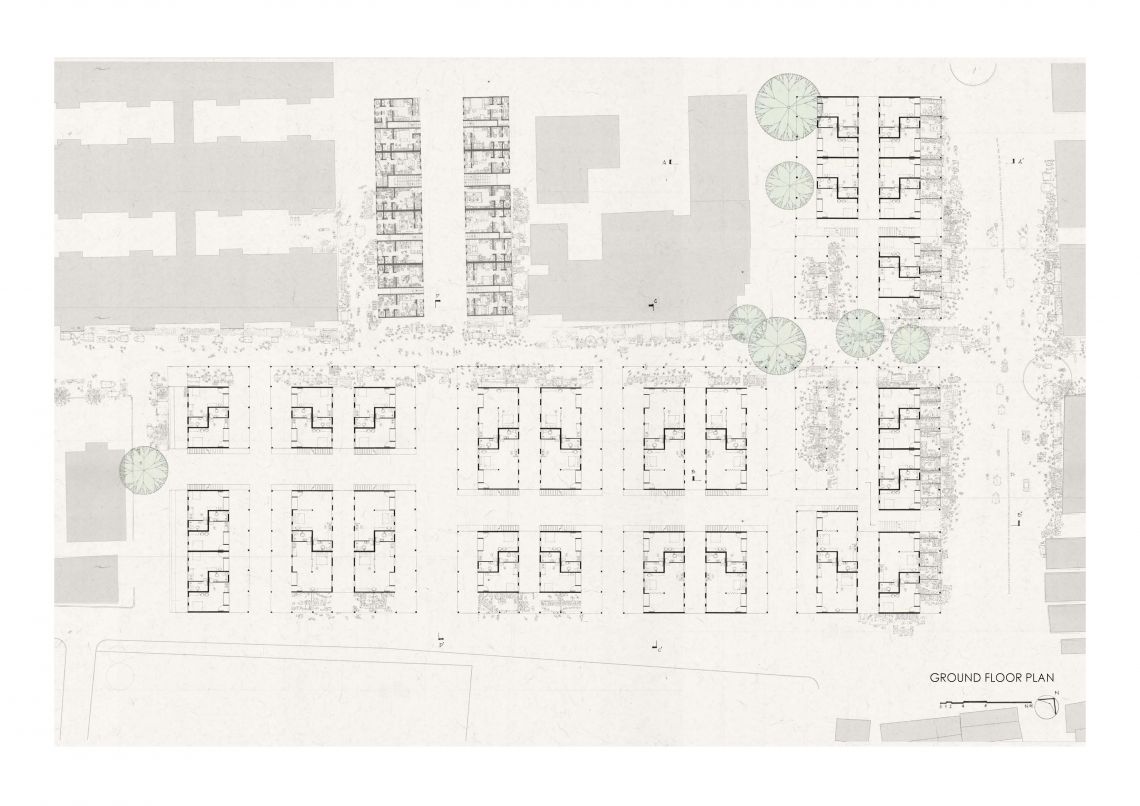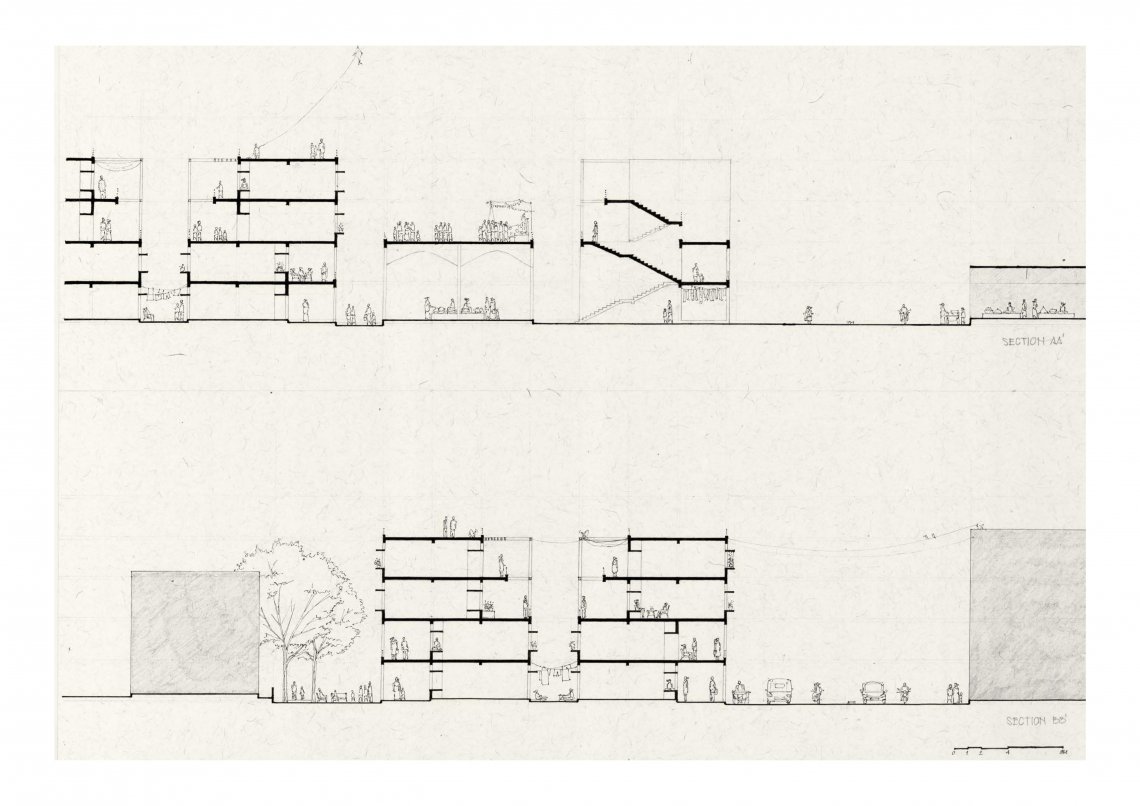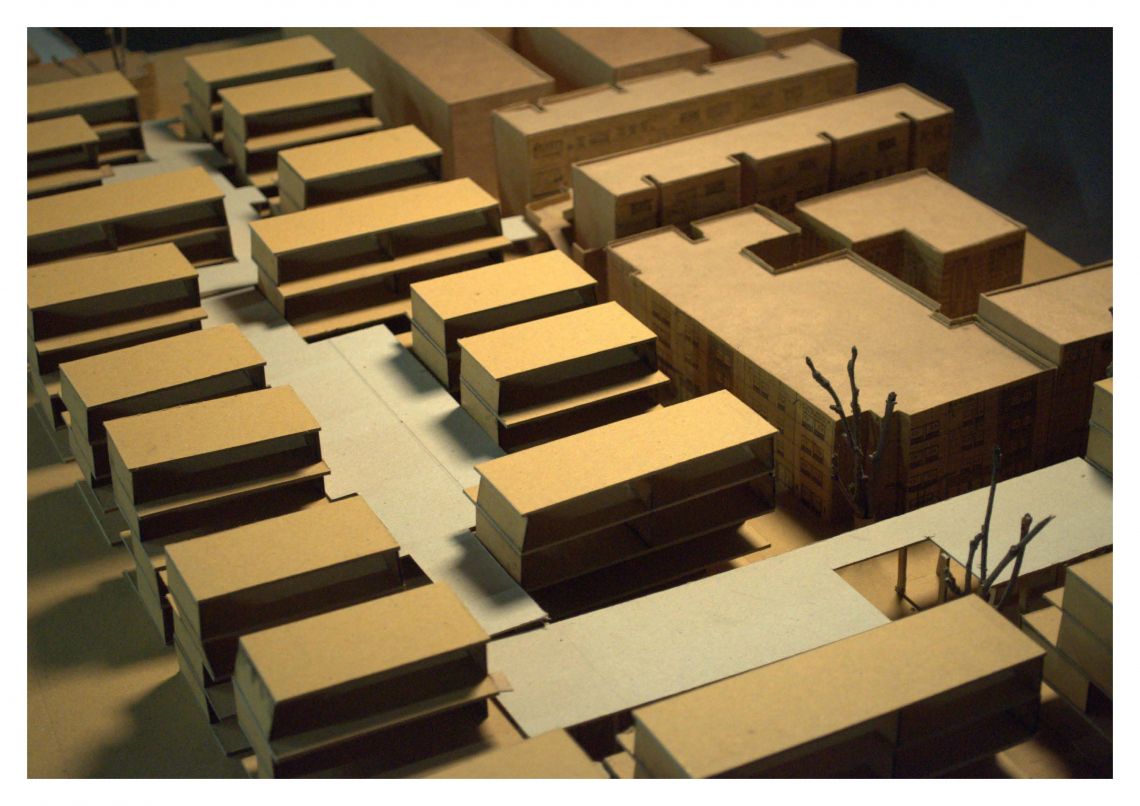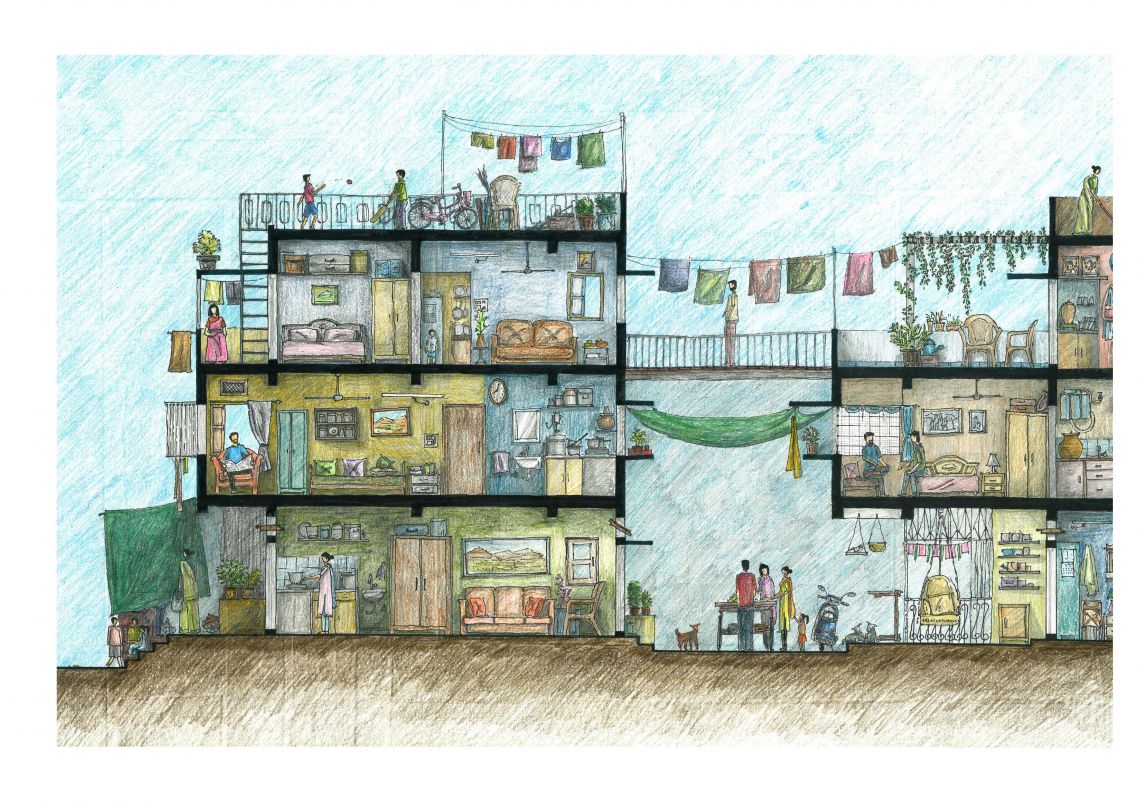Your browser is out-of-date!
For a richer surfing experience on our website, please update your browser. Update my browser now!
For a richer surfing experience on our website, please update your browser. Update my browser now!
The course introduces the concepts of `mass-housing’ across space and time. The evolution of housing settlements through linking and stacking; their processes, determinants/generations, and resulting patterns are to be explored in their respective context exploring the balance between order and complexity. The idea, here, is to create an adaptive habitat for migrant communities associated with the very dynamic and socially interactive live-work environment. Here, “adaptability” is visualized and represented as a real space which is accommodating people from diverse cultures and traditions over a period of time. The spaces, thus created, should have their own characteristics; the occupants should have the opportunities to alter these spaces in certain extended patterns. Eventually, this fluctuating habitat, over time, should be able to maintain a balance between generated orders and identified contextual complexities.
